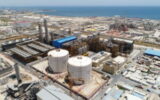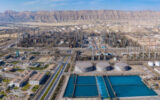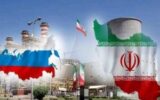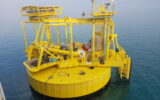
Parsian Oil and Gas Petrochemical Holding is one of the major players in the country's petrochemical industry, which, with about 20 percent of Iran's production capacity and complexes such as Pardis and Zagros, has earned the title of the country's largest urea producer and one of the most important methanol producers in the Middle East.

Hossein Mirafazli, an energy expert, says: If only 10 percent of intracity trips are shared, about two million liters of gasoline will be saved daily, which is equivalent to more than $700 million in annual savings for the Iranian economy.

Petrofarhang Holding, the economic arm of the Farhangian Reserve Fund, has been able to consolidate its position as one of the main players in Iran's petrochemical industry in recent years, focusing on methanol production and developing petrochemical projects, and has emerged from losses with significant growth in production and profitability.

Energy expert Hossein Mirafazli believes that the way out of the gas consumption crisis is to reduce dependence on gas and expand the use of electricity in home heating; a model that many developed countries in the world have adopted for years.

The Persian Gulf Star Refinery, Iran's largest gasoline producer and the world's largest gas condensate refinery, plays an unparalleled role in Iran's energy supply by producing more than 45 percent of the country's fuel portfolio.

As a new wave of sanctions from the United States, Britain and the European Union target sales of Russian and Iranian oil, trade sources told Reuters that discounts on Iranian oil for Chinese customers have reached their widest in more than a year, reaching as much as $10. Reduced oil import quotas for independent Chinese refiners have also added to the pressure.

This resignation is related to a project called Hirsa Polymer Sahand Petrochemical, which has serious uncertainties about how it will be handed over to a second-hand contractor.

Following Ukraine's attacks on Russian oil refineries and the reduction in the country's fuel exports to Central Asia, Iran has a unique opportunity to fill Russia's void in regional markets. But can Iran seize this opportunity despite sanctions and domestic challenges?

Mohammad Shariatmadari invited the journalists to the meeting.

In the heart of the Persian Gulf, a floating structure is connected to the seabed with huge chains, which transfers Iran's oil and gas condensate to giant tankers without the need for a dock. This localized technology is the hidden pillar of Iran's oil exports.










